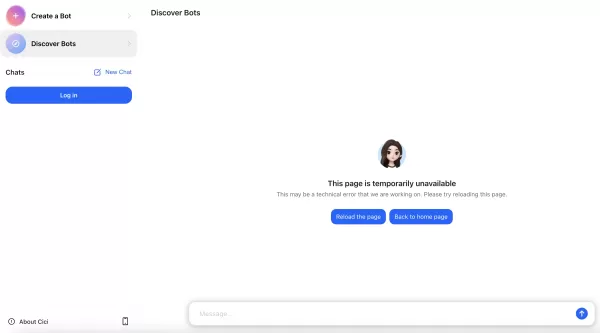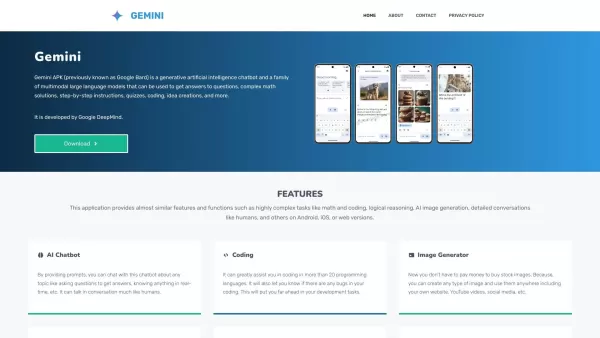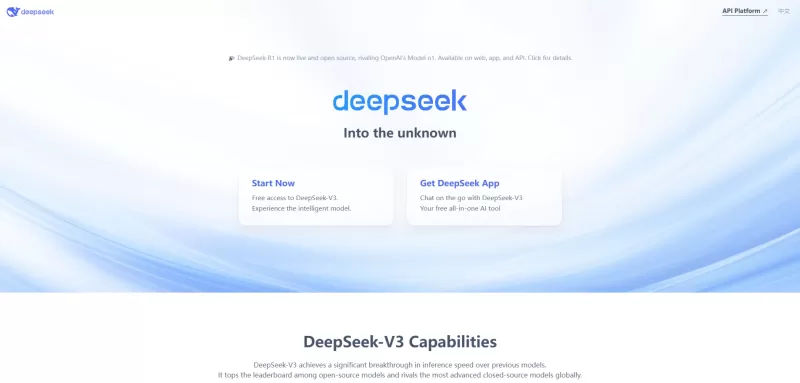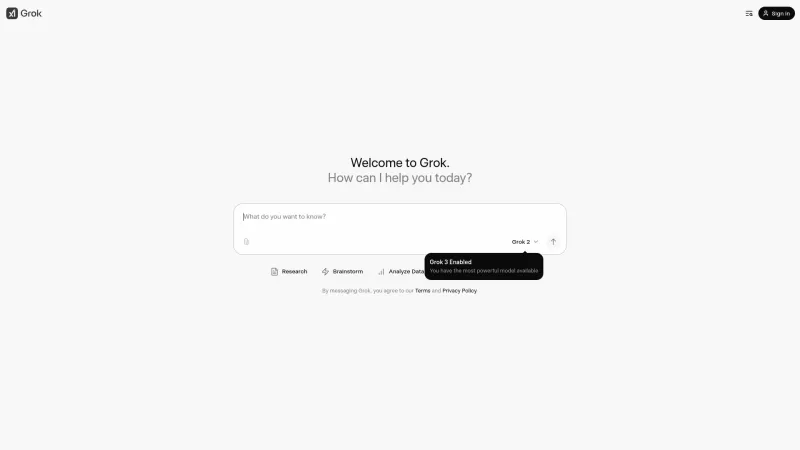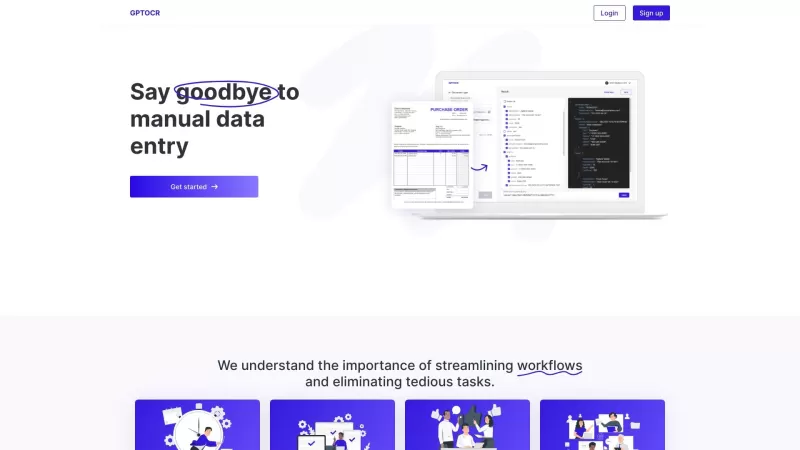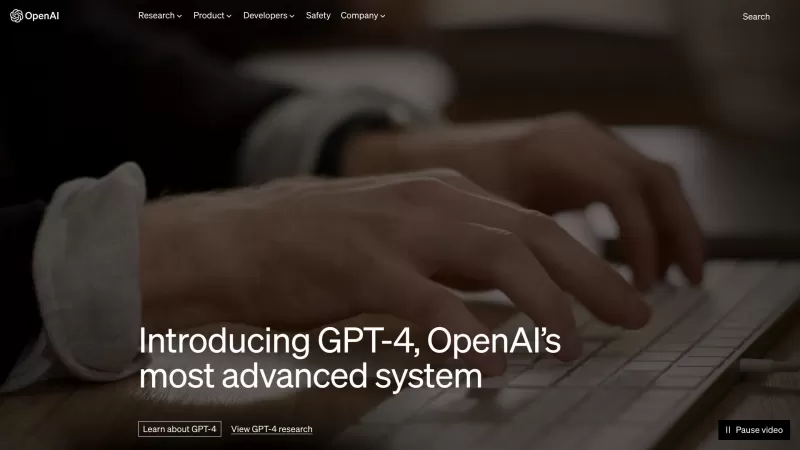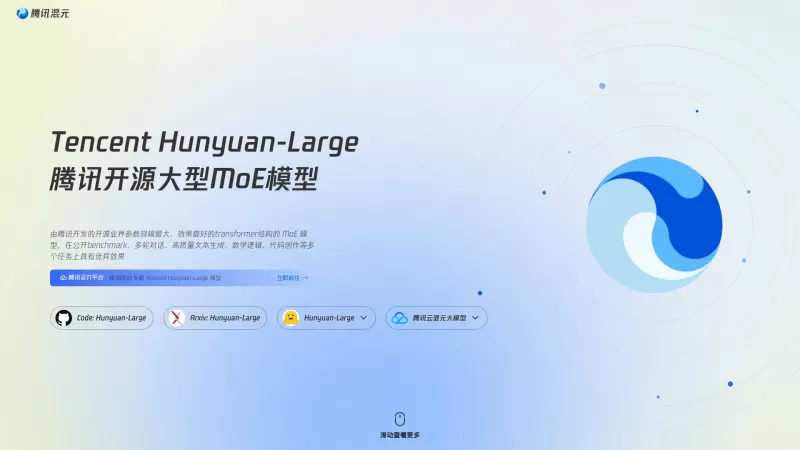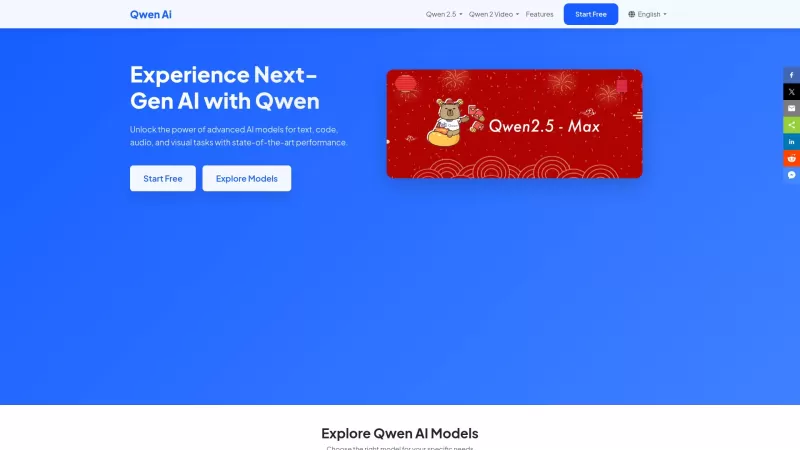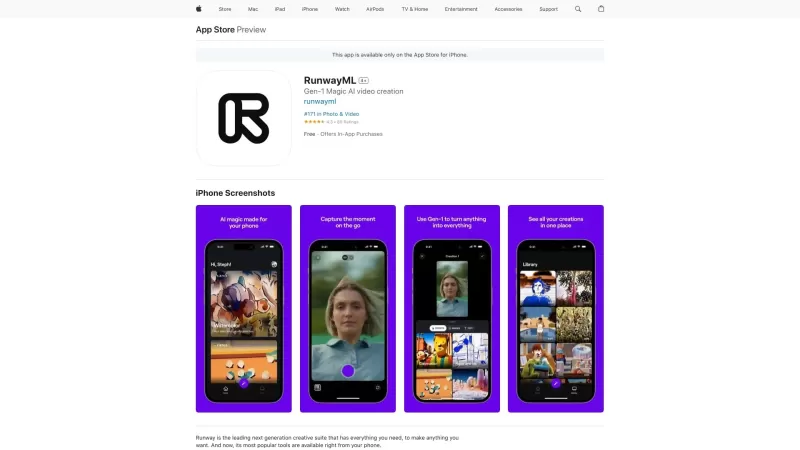LangChain’s Open Ecosystem Drives Scalable AI Innovation

LangChain, a leading AI framework and orchestration provider, remains dedicated to its open-source ecosystem, emphasizing its vendor-neutral approach.
Harrison Chase, LangChain’s co-founder and CEO, told VentureBeat that the platform’s success stems from developers’ demand for model flexibility, avoiding reliance on proprietary providers.
“The strength of the LangChain framework lies in its integrations and vibrant ecosystem,” Chase said. “Its vast scale is largely due to the framework’s open-source nature.”
Chase noted that LangChain recorded 72.3 million downloads last month, surpassing competitors like OpenAI’s Agents SDK. He highlighted that the LangChain Python and JS frameworks boast “4,500 contributors, outnumbering those of Spark.”
Founded in 2022, LangChain has evolved beyond its original framework for building AI applications. Last February, it launched LangSmith, a testing and evaluation platform, alongside LangGraph and the LangGraph Platform for deploying autonomous agents.
LangChain has maintained its open-source and vendor-agnostic stance throughout its growth, partnering with companies like Google and Cisco on agent interoperability. As enterprises explore AI agents, Chase said LangChain identified opportunities to provide deployment options tailored to developer preferences.
“Over the past 18 months, more enterprises have sought to move into production. We’ve enhanced our offerings, from the open-source LangChain to our broader portfolio, to meet this demand and simplify building agentic applications,” he said.
LangGraph Platform Expands Open-Source Capabilities
LangChain’s recently launched LangGraph Platform, now generally available, enables developers to manage and deploy persistent, stateful agents. These “ambient agents” operate in the background, activated by specific events.
“We’ve focused on tackling complex infrastructure challenges for these agents,” Chase said. “LangGraph excels for long-running, stateful agents, but it’s not suited for simple applications.”
He emphasized the company’s commitment to ambient, autonomous agents, viewing them as a compelling infrastructure challenge.
The LangGraph Platform offers one-click deployment, horizontal scaling for handling variable, extended traffic, a persistence layer for agent memory, customizable API endpoints, and native access to LangGraph Studio for debugging agents.
As organizations deploy more agents, the LangGraph Platform provides a management console to monitor active agents, reuse common architectures, and build multi-agent systems.
“LangGraph empowers developers with full control over the agent’s cognitive architecture. For critical large language model actions, in-the-loop evaluation within a LangGraph app ensures quality,” Chase said.
He added that LangGraph offers a robust orchestration framework for building and deploying reliable agents on the LangGraph Platform.
During its beta phase, Chase said over 370 teams used the LangGraph Platform. LangChain offers three pricing tiers for the platform, varying by hosting preferences.
LangChain’s Robust Open-Source Ecosystem
Chase highlighted LangChain’s ability to foster a comprehensive ecosystem for application and agent development.
LangSmith, the company’s testing and observability platform, integrates with LangGraph and the LangGraph Platform to monitor agent performance. As many agents on the LangGraph Platform are long-running, enterprises require continuous performance validation.
Chase claimed LangGraph is “the most widely adopted agent framework,” outpacing Microsoft’s AutoGen and the CrewAI platform, attributing its success to its open-source model.
“LangGraph is the go-to choice for teams building user-facing or high-traffic agents, like those at LinkedIn, Uber, and GitLab. Its low-level, controllable nature ensures scalability and reliability. While CrewAI and AutoGen offer simpler adoption, they sacrifice flexibility for ease of use,” he said.
Related article
 Manus Debuts 'Wide Research' AI Tool with 100+ Agents for Web Scraping
Chinese AI innovator Manus, which previously gained attention for its pioneering multi-agent orchestration platform catering to both consumers and professional users, has unveiled a groundbreaking application of its technology that challenges convent
Manus Debuts 'Wide Research' AI Tool with 100+ Agents for Web Scraping
Chinese AI innovator Manus, which previously gained attention for its pioneering multi-agent orchestration platform catering to both consumers and professional users, has unveiled a groundbreaking application of its technology that challenges convent
 Palmetto wants software developers to electrify America using its AI building models
If you're considering solar panels or a heat pump for your home, you might wonder, "How many panels do I need?" or "What size heat pump should I get?" Traditionally, answering these questions meant having a contractor visit your property. However, over the past decade, solar installation companies h
Palmetto wants software developers to electrify America using its AI building models
If you're considering solar panels or a heat pump for your home, you might wonder, "How many panels do I need?" or "What size heat pump should I get?" Traditionally, answering these questions meant having a contractor visit your property. However, over the past decade, solar installation companies h
 xAI Unveils Image Generation API
Elon Musk's AI outfit, xAI, has spiced things up by adding image generation to its API. Right now, they've got just one model on the roster, dubbed "grok-2-image-1212." Feed it a caption, and it'll whip up to 10 images for you in JPG format, with a cap of five requests per second. Each image will se
Comments (2)
0/200
xAI Unveils Image Generation API
Elon Musk's AI outfit, xAI, has spiced things up by adding image generation to its API. Right now, they've got just one model on the roster, dubbed "grok-2-image-1212." Feed it a caption, and it'll whip up to 10 images for you in JPG format, with a cap of five requests per second. Each image will se
Comments (2)
0/200
![JonathanDavis]() JonathanDavis
JonathanDavis
 August 24, 2025 at 7:01:21 PM EDT
August 24, 2025 at 7:01:21 PM EDT
LangChain's open-source vibe is refreshing! It’s like a buffet for AI devs—pick what you need, no vendor lock-in. Excited to see where this goes! 🚀


 0
0
![NicholasRoberts]() NicholasRoberts
NicholasRoberts
 August 9, 2025 at 11:00:59 AM EDT
August 9, 2025 at 11:00:59 AM EDT
LangChain's open-source vibe is refreshing! It’s cool to see a framework that doesn’t lock you into one vendor. Excited for how this will spark more AI creativity. 🚀


 0
0

LangChain, a leading AI framework and orchestration provider, remains dedicated to its open-source ecosystem, emphasizing its vendor-neutral approach.
Harrison Chase, LangChain’s co-founder and CEO, told VentureBeat that the platform’s success stems from developers’ demand for model flexibility, avoiding reliance on proprietary providers.
“The strength of the LangChain framework lies in its integrations and vibrant ecosystem,” Chase said. “Its vast scale is largely due to the framework’s open-source nature.”
Chase noted that LangChain recorded 72.3 million downloads last month, surpassing competitors like OpenAI’s Agents SDK. He highlighted that the LangChain Python and JS frameworks boast “4,500 contributors, outnumbering those of Spark.”
Founded in 2022, LangChain has evolved beyond its original framework for building AI applications. Last February, it launched LangSmith, a testing and evaluation platform, alongside LangGraph and the LangGraph Platform for deploying autonomous agents.
LangChain has maintained its open-source and vendor-agnostic stance throughout its growth, partnering with companies like Google and Cisco on agent interoperability. As enterprises explore AI agents, Chase said LangChain identified opportunities to provide deployment options tailored to developer preferences.
“Over the past 18 months, more enterprises have sought to move into production. We’ve enhanced our offerings, from the open-source LangChain to our broader portfolio, to meet this demand and simplify building agentic applications,” he said.
LangGraph Platform Expands Open-Source Capabilities
LangChain’s recently launched LangGraph Platform, now generally available, enables developers to manage and deploy persistent, stateful agents. These “ambient agents” operate in the background, activated by specific events.
“We’ve focused on tackling complex infrastructure challenges for these agents,” Chase said. “LangGraph excels for long-running, stateful agents, but it’s not suited for simple applications.”
He emphasized the company’s commitment to ambient, autonomous agents, viewing them as a compelling infrastructure challenge.
The LangGraph Platform offers one-click deployment, horizontal scaling for handling variable, extended traffic, a persistence layer for agent memory, customizable API endpoints, and native access to LangGraph Studio for debugging agents.
As organizations deploy more agents, the LangGraph Platform provides a management console to monitor active agents, reuse common architectures, and build multi-agent systems.
“LangGraph empowers developers with full control over the agent’s cognitive architecture. For critical large language model actions, in-the-loop evaluation within a LangGraph app ensures quality,” Chase said.
He added that LangGraph offers a robust orchestration framework for building and deploying reliable agents on the LangGraph Platform.
During its beta phase, Chase said over 370 teams used the LangGraph Platform. LangChain offers three pricing tiers for the platform, varying by hosting preferences.
LangChain’s Robust Open-Source Ecosystem
Chase highlighted LangChain’s ability to foster a comprehensive ecosystem for application and agent development.
LangSmith, the company’s testing and observability platform, integrates with LangGraph and the LangGraph Platform to monitor agent performance. As many agents on the LangGraph Platform are long-running, enterprises require continuous performance validation.
Chase claimed LangGraph is “the most widely adopted agent framework,” outpacing Microsoft’s AutoGen and the CrewAI platform, attributing its success to its open-source model.
“LangGraph is the go-to choice for teams building user-facing or high-traffic agents, like those at LinkedIn, Uber, and GitLab. Its low-level, controllable nature ensures scalability and reliability. While CrewAI and AutoGen offer simpler adoption, they sacrifice flexibility for ease of use,” he said.
 Manus Debuts 'Wide Research' AI Tool with 100+ Agents for Web Scraping
Chinese AI innovator Manus, which previously gained attention for its pioneering multi-agent orchestration platform catering to both consumers and professional users, has unveiled a groundbreaking application of its technology that challenges convent
Manus Debuts 'Wide Research' AI Tool with 100+ Agents for Web Scraping
Chinese AI innovator Manus, which previously gained attention for its pioneering multi-agent orchestration platform catering to both consumers and professional users, has unveiled a groundbreaking application of its technology that challenges convent
 Palmetto wants software developers to electrify America using its AI building models
If you're considering solar panels or a heat pump for your home, you might wonder, "How many panels do I need?" or "What size heat pump should I get?" Traditionally, answering these questions meant having a contractor visit your property. However, over the past decade, solar installation companies h
Palmetto wants software developers to electrify America using its AI building models
If you're considering solar panels or a heat pump for your home, you might wonder, "How many panels do I need?" or "What size heat pump should I get?" Traditionally, answering these questions meant having a contractor visit your property. However, over the past decade, solar installation companies h
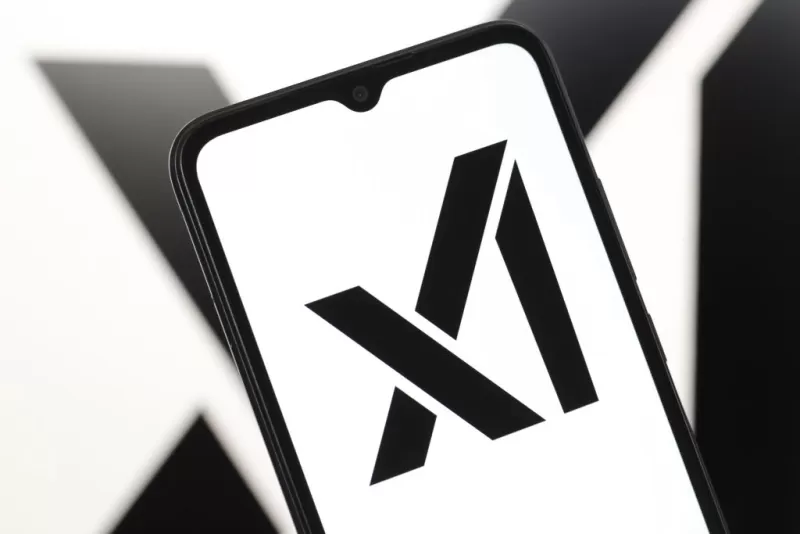 xAI Unveils Image Generation API
Elon Musk's AI outfit, xAI, has spiced things up by adding image generation to its API. Right now, they've got just one model on the roster, dubbed "grok-2-image-1212." Feed it a caption, and it'll whip up to 10 images for you in JPG format, with a cap of five requests per second. Each image will se
xAI Unveils Image Generation API
Elon Musk's AI outfit, xAI, has spiced things up by adding image generation to its API. Right now, they've got just one model on the roster, dubbed "grok-2-image-1212." Feed it a caption, and it'll whip up to 10 images for you in JPG format, with a cap of five requests per second. Each image will se
 August 24, 2025 at 7:01:21 PM EDT
August 24, 2025 at 7:01:21 PM EDT
LangChain's open-source vibe is refreshing! It’s like a buffet for AI devs—pick what you need, no vendor lock-in. Excited to see where this goes! 🚀


 0
0
 August 9, 2025 at 11:00:59 AM EDT
August 9, 2025 at 11:00:59 AM EDT
LangChain's open-source vibe is refreshing! It’s cool to see a framework that doesn’t lock you into one vendor. Excited for how this will spark more AI creativity. 🚀


 0
0

